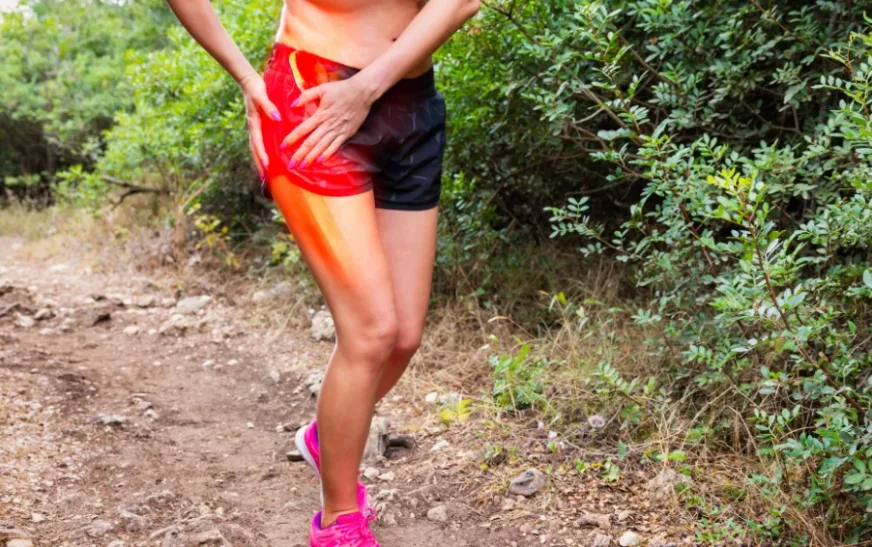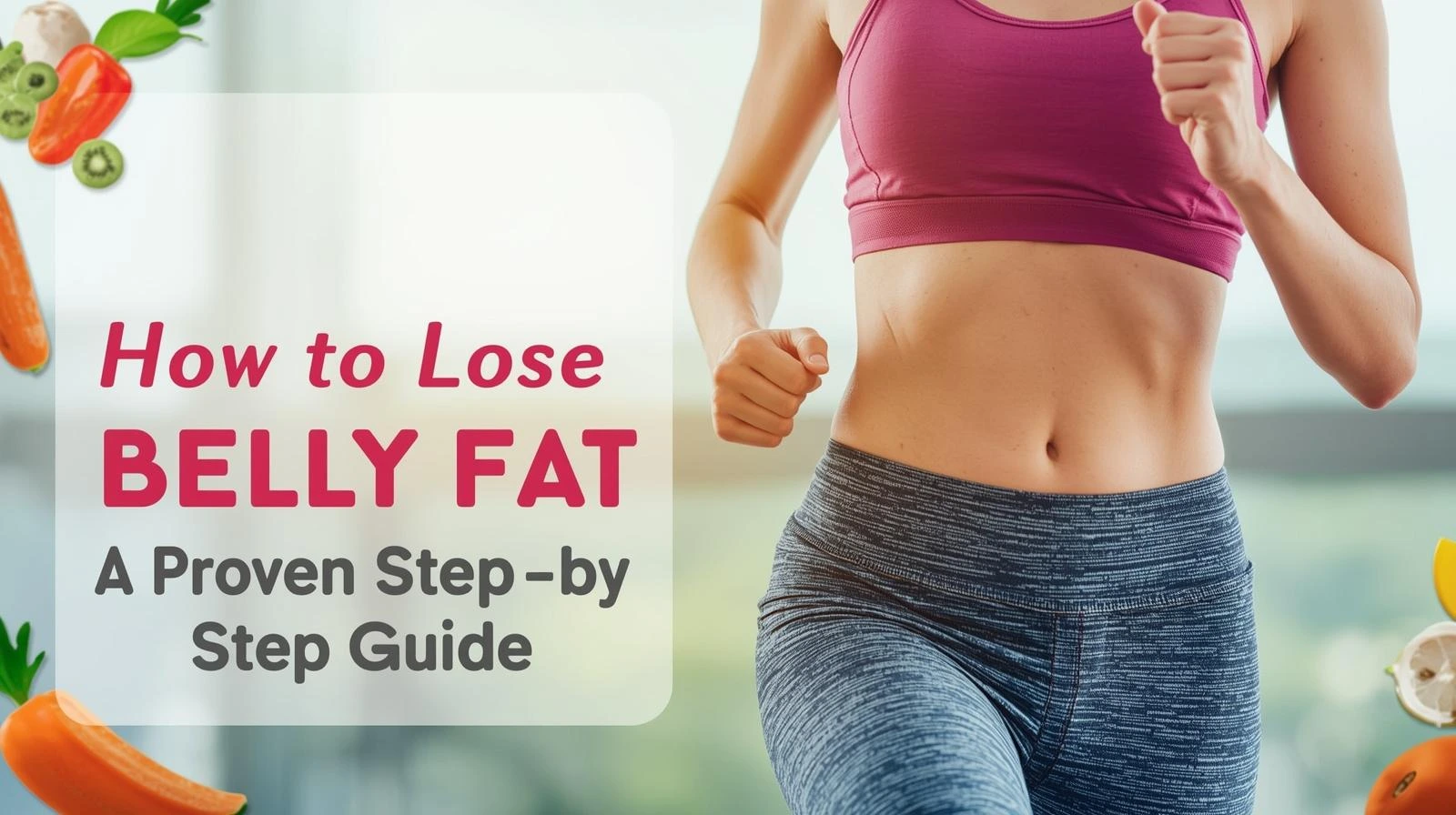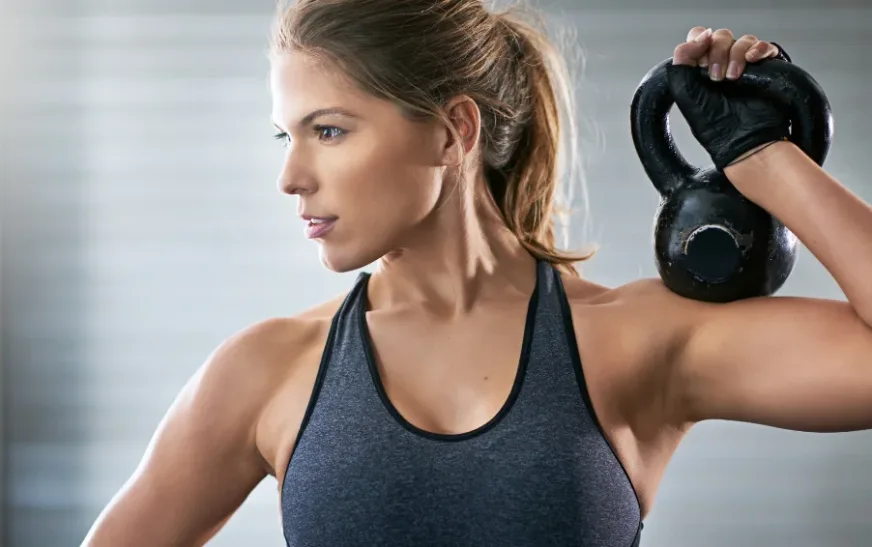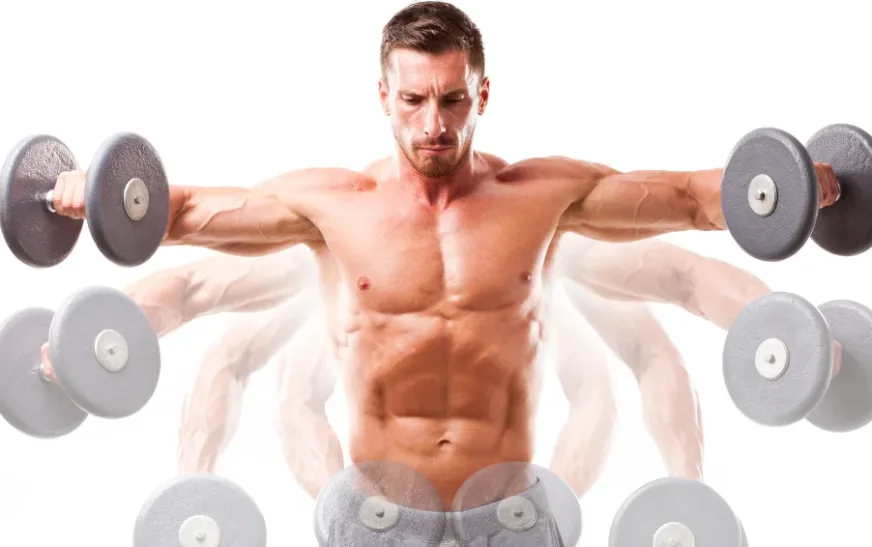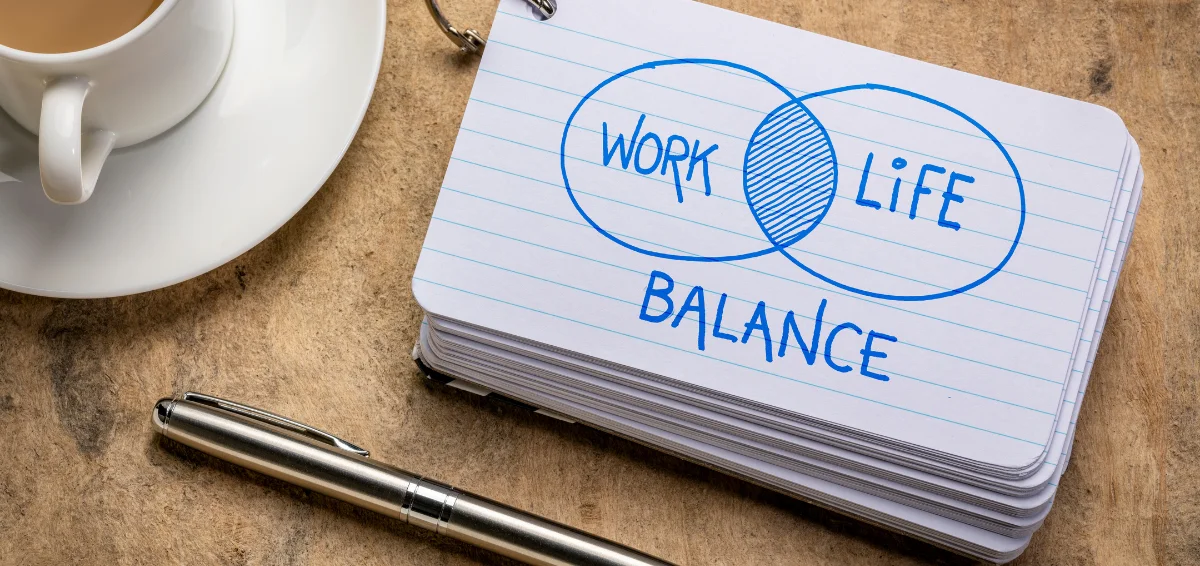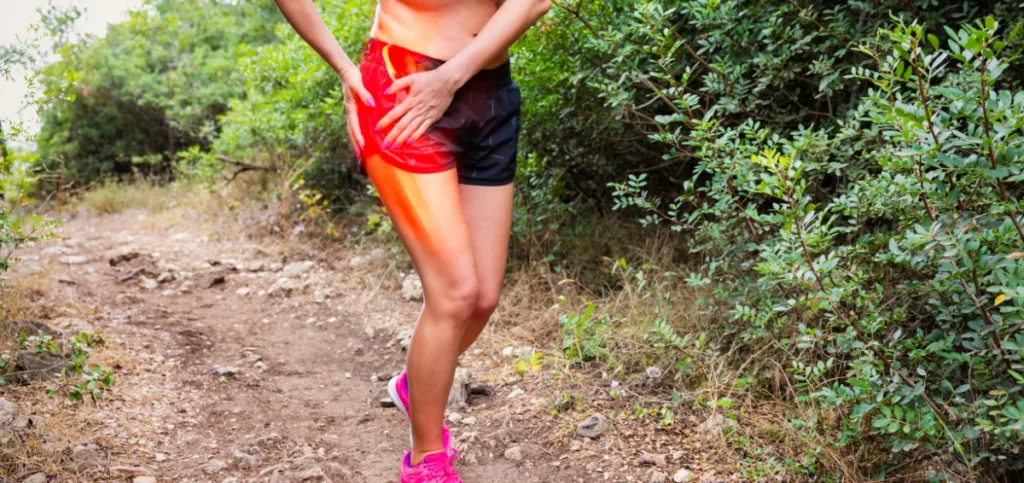
Hip bursitis is commonly experienced by athletes and fitness enthusiasts. In this condition, the fluid-filled sacs in your hip joint become inflamed. The condition can happen due to several reasons. The most common ones include overexercising, lifting heavy weights in general, or with incorrect former simply using your hip joint excessively.
A healthy and strong lower body is critical to performing daily movements, such as walking, running, lifting, and more. Thankfully, there’s no reason to worry much as hip bursitis can be alleviated with certain exercises.
Must Read: Best Serratus Anterior Exercises
Best Hip Bursitis Exercises
Keep reading to learn about the best exercises to relieve pain and strengthen hip muscles.
1. Glue Bridges
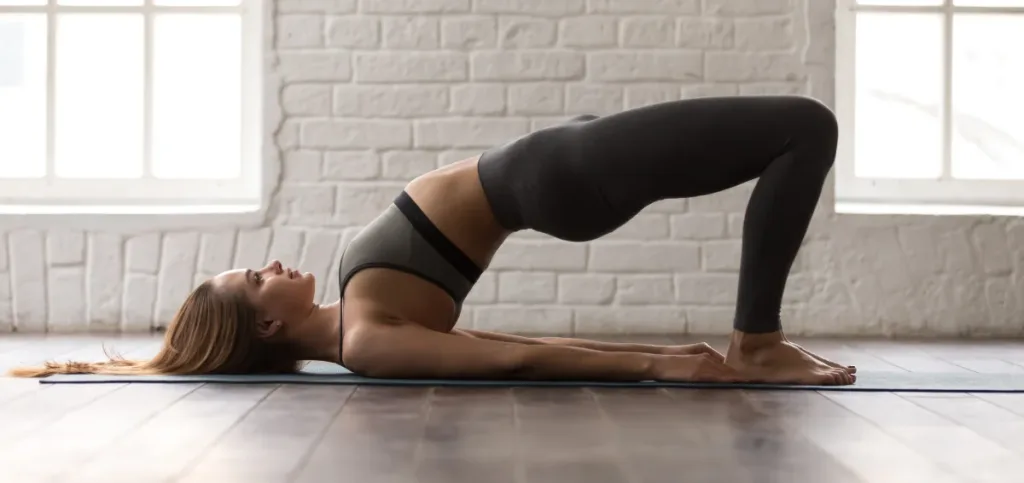
Glue bridges strengthen your hamstrings, glutes, quadriceps, and hip flexors. It also makes your glue muscles stronger so they can lift heavier without getting injured.
Here’s how to do glute bridges:
- Lie down with your body in a straight position.
- Press your back and feet into the ground and bend your knees.
- Lift your hips upwards and hold at the top for a moment.
- Lower your hips back to the floor.
2. Side-Lying Straight Leg Raise
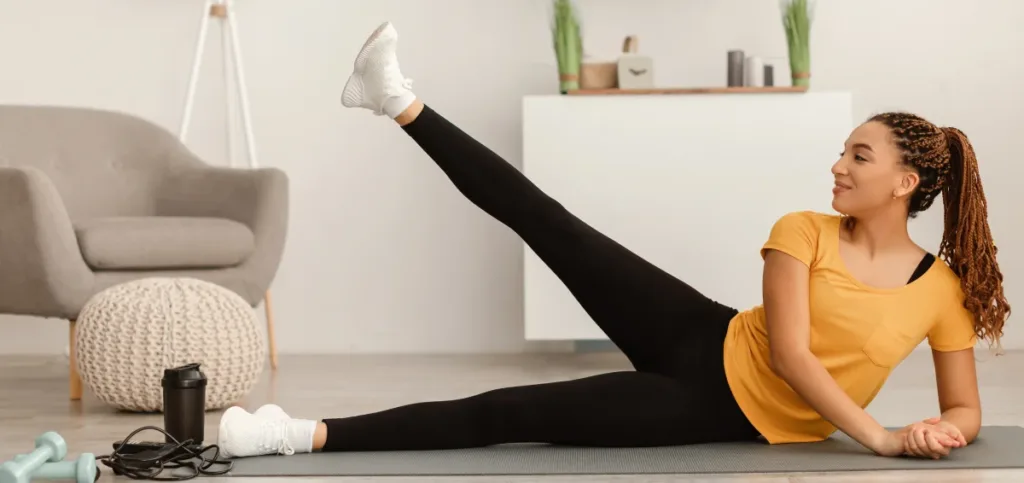
Side-lying straight leg raises target the outer glute muscles. This, in turn, helps relieve the irritation in the gluteal tendons and bursae.
Follow these steps to perform a side-lying straight leg raise:
- Lie on your side and straighten your legs.
- Bend your arm to support your head.
- Engage your core by drawing your belly button toward your spine.
- Raise your top leg slowly, keeping it straight.
- Hold for a moment at the top and then lower your leg.
3. Lying Leg Circles
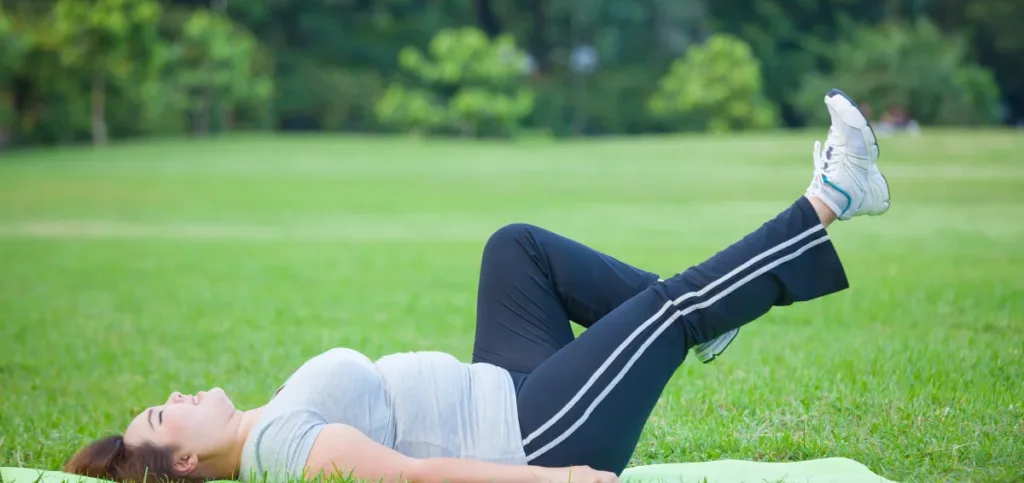
Lying leg circles promote flexibility and strength in the small glute muscles. The rotational movement also improves your range of motion and hip mobility.
Here’s how to perform a lying leg circle:
- Lie flat on your back and extend your legs.
- Raise your leg to a few inches off the floor.
- Now, make tiny circles. Ensure that your leg is straight during this movement.
- Now, do the same rotational motion with your other leg.
Read Also: Best Dumbbell Tricep Exercises
4. Clamshells
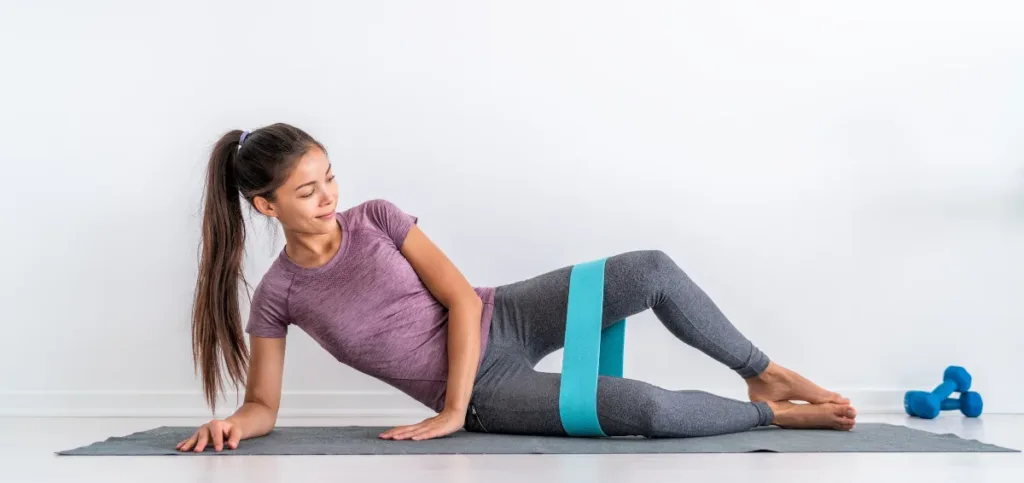
Clamshells build strength in your hip muscles. The exercise, by stabilizing the hip joint relieves the pain from lower limb injuries as well.
Follow these steps to perform clamshells:
- Lie on your side. Make a 45-degree angle with your knees.
- Ensure that your knees, hips, and ankles are stacked on top of one another.
- Pull your belly button into your spine and raise your upper knee as much as possible while maintaining a straight posture.
- Hold the position for a moment and then lower your knee.
5. Chair Squat
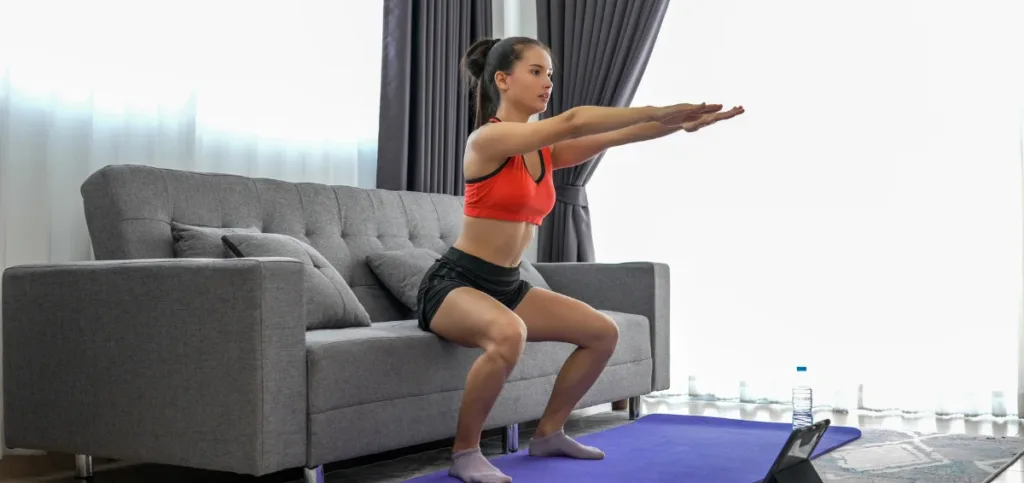
Chair squat engages multiple muscle groups, such as the quadriceps, hamstrings, and glutes. It stabilizes the hip joint so you can perform exercise without injury.
Here’s how to do a chair squat:
- Stand upright in front of a chair.
- Engage your core by sucking your stomach inward and keep your back straight.
- Bend your knees, push your hips back, and lower your body toward the chair.
- Stop bending when you reach the seat of the chair.
- Pause for a moment before standing up again.
6. Step-ups
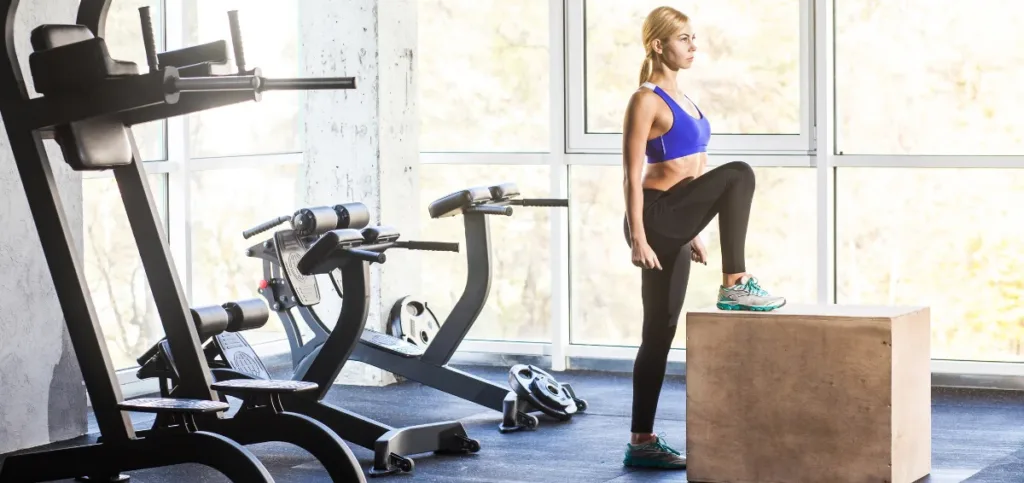
Step-ups target your quadriceps and glutes. These muscles support the hip joint and decrease pressure on the bursa or the fluid-filled sacs in your hip joint that become inflamed.
Follow these instructions to do step-ups:
- Stand in front of a step or a sturdy and elevated platform.
- Place one of your feet on the platform.
- Lift your body onto the platform by pushing through your heels.
- Now, lower your leg down.
- Perform a specific number of reps with one leg before switching to the other side.
Read Also: Best Jawline Exercises
7. Donkey Kicks
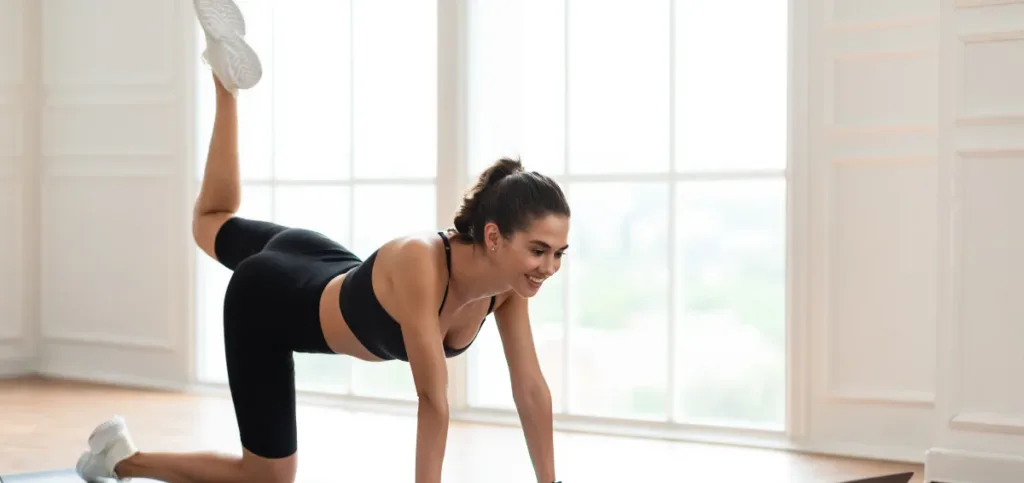
Donkey kicks enhance strength in your lower body. By making your hip joints and thigh muscles stronger, the exercises not only help relieve pain but also enable you to lift heavier and use your hips more without injury.
Perform a donkey kick with the steps below:
- Get down onto the floor on all fours, with your knees and palms pressing the ground.
- Keep your back straight and engage your abdominal muscles.
- Keep your left knee bent at a 90-degree angle and lift it upwards towards the ceiling.
- Lower the knee back to the floor.
- Switch sides.
8. Walk at a Convenient Pace
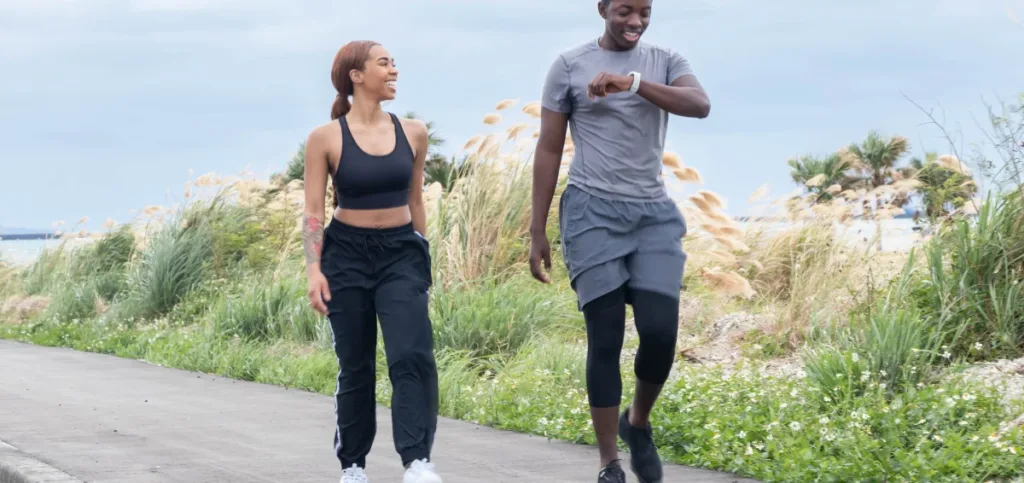
Walking is a low-impact exercise that not only strengthens the muscles surrounding your hip joint but also improves your cardiovascular health. Begin with short walks and with time increase your distance and speed.
If you have balance issues, use a treadmill. Walk on it without incline and hold the bars on both sides for support. Over time, it will increase your flexibility while improving your posture.
9. Ball Wall Squat
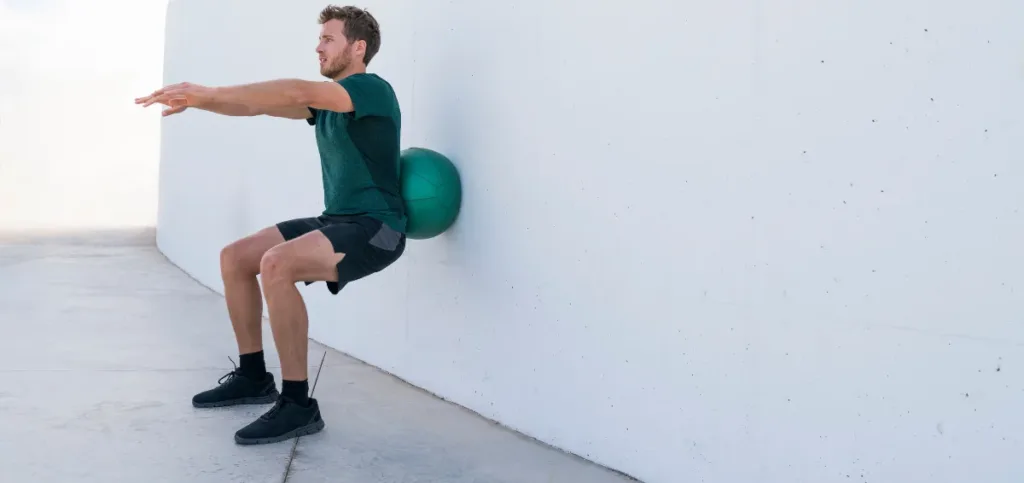
In a ball wall squat, you perform a squat with a ball in your hands. This move works several leg muscles and improves the strength and stability of your hip.
Follow these instructions to perform a ball wall squat:
- Stand with your feet hip-width apart facing away from the wall.
- Place a large or medium ball between the wall and your back.
- Press into the wall. Your feet should be away from the wall.
- Press the ball into the wall and bend your knees to squat.
- Pause for a moment and then stand up.
Read Also: Best Bicep Exercises
10. Lateral Squats
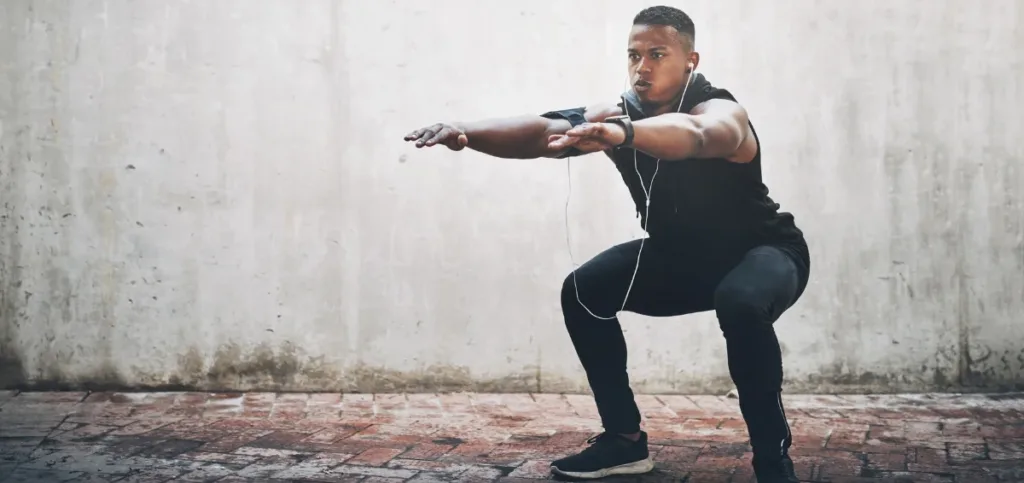
Lateral squats strengthen your quadriceps and hip abductors. They help alleviate the pain of hip bursitis.
Perform lateral squats by following these instructions:
- Stand with your feet positioned wider than your hips.
- Push your hips backward and lower your body into a squat by bending your knees.
- Press into your heels, pause for a moment, and stand up.
11. Hip Flexor Stretch
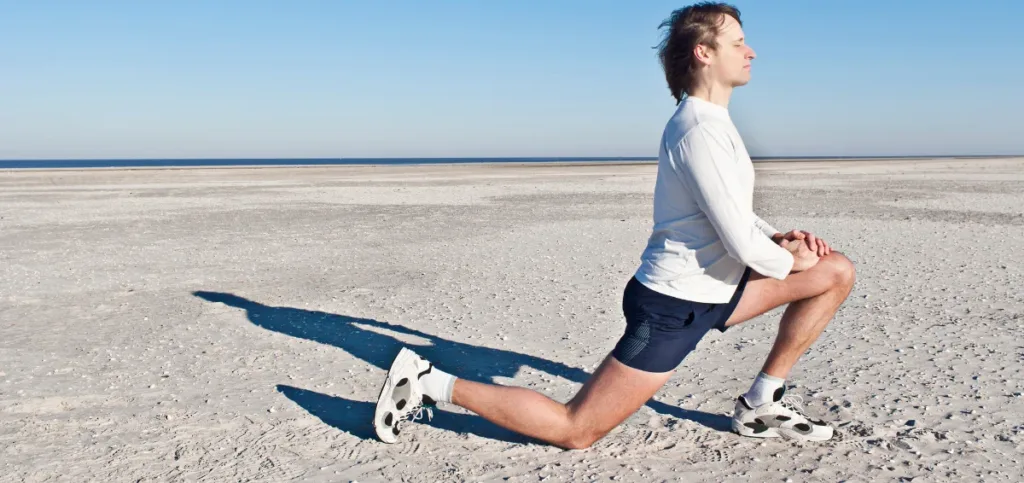
A hip flexor stretch stretches out the hip flexors, making them less tight. When you have loose hip flexors, the pain from this condition improves.
Here’s how to perform a hip flexor stretch:
- Kneel on one knee. Keep your other foot flat on the floor in front of you.
- Lean forward till you feel a stretch in the front part of your hip. Keep your back straight.
- Hold for at least 30 seconds and go back to the starting position.
Summing up
Hip bursitis is a painful condition. It makes performing daily movements difficult and also puts a halt in your exercise routine. However, the exercises above promote healing and alleviate discomfort. Start slowly and take breaks or modify the movements to get relief.

